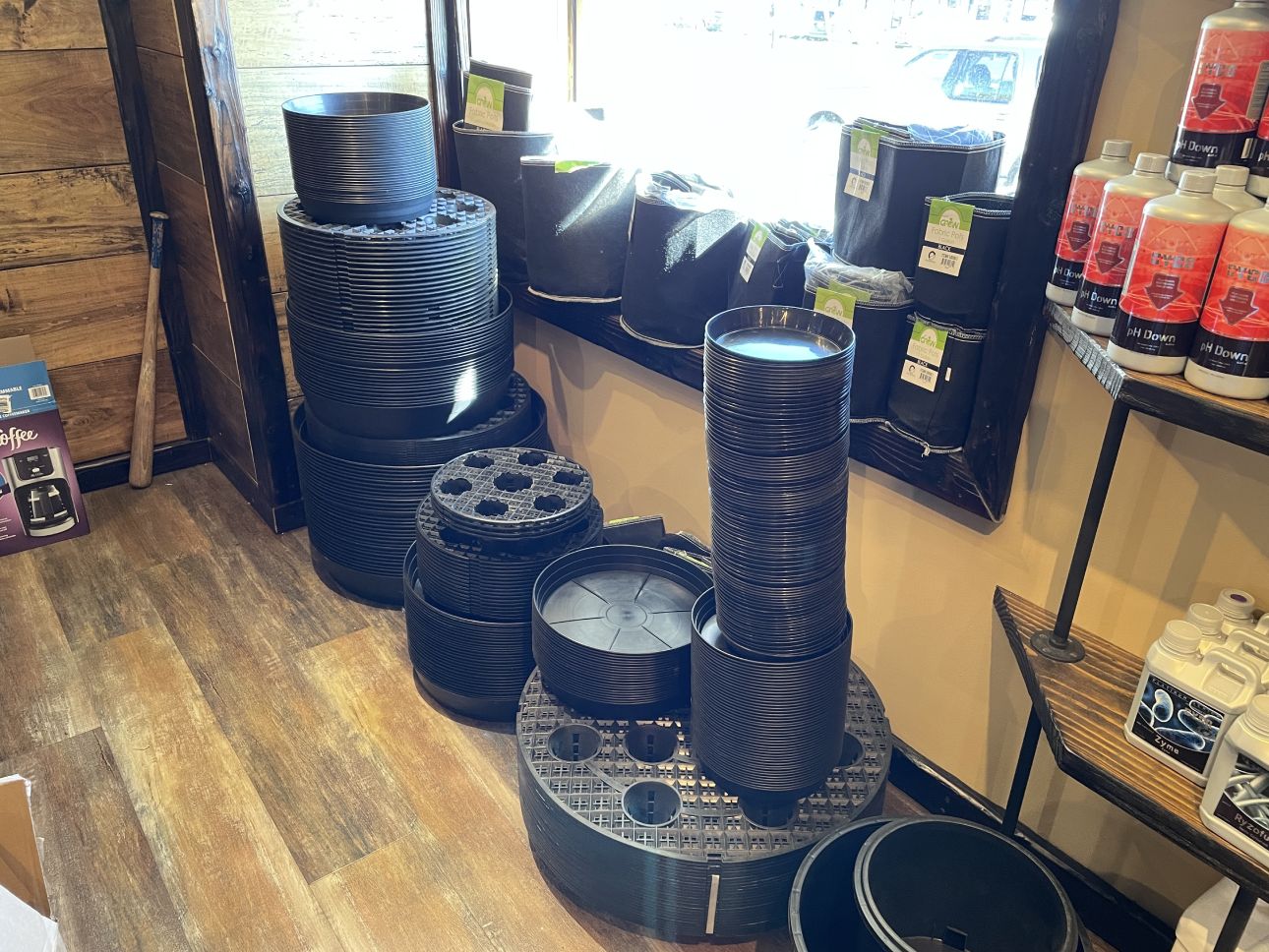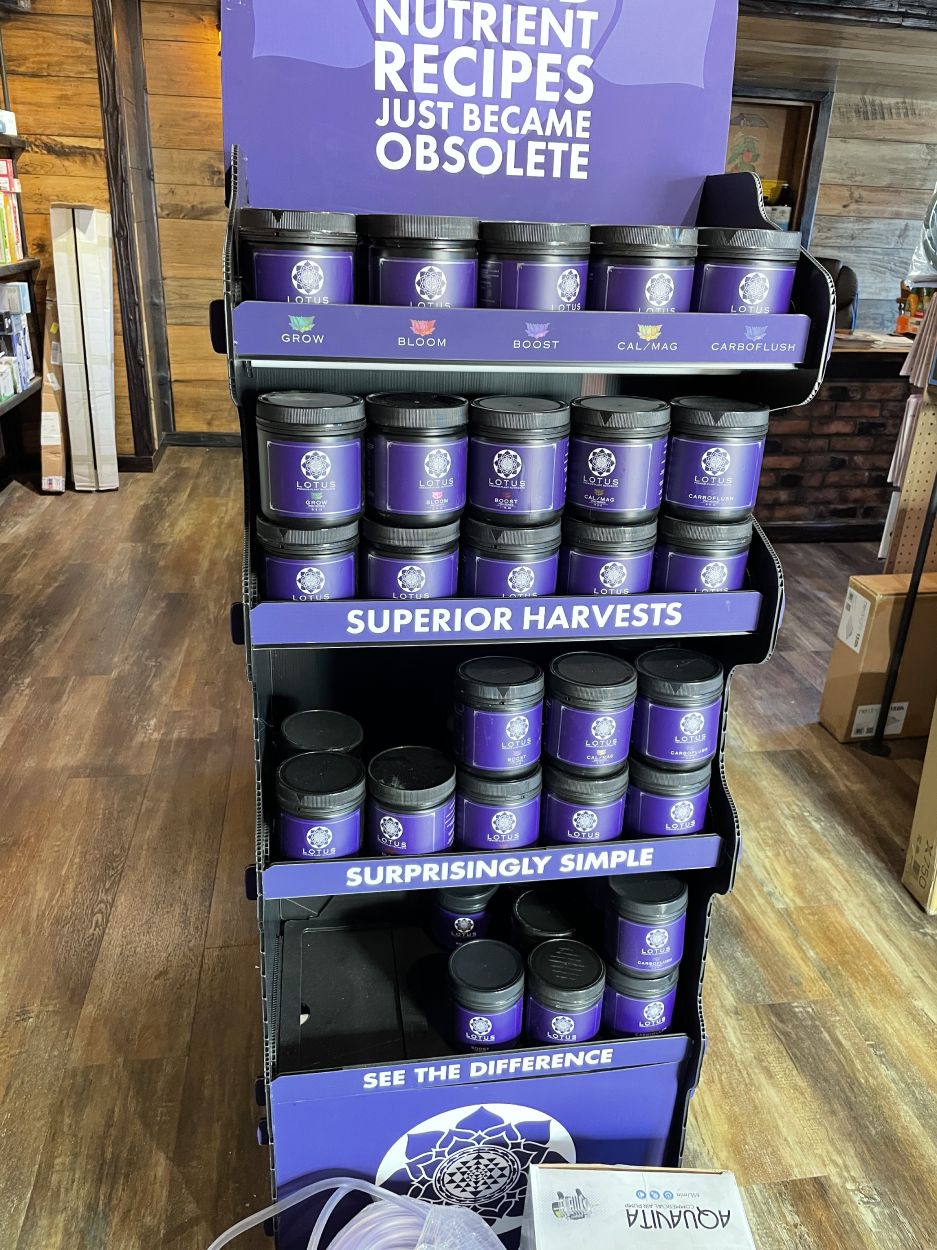Opening the Prospective of Hydroponics: Recognizing Its Makes Use Of and Different Types
Hydroponics, a technique of growing plants without soil, has garnered boosting focus for its prospective to reinvent agriculture and cultivation practices. As we navigate through the intricate landscape of hydroponic systems and techniques, it becomes evident that each method holds unique advantages and limitations.
Advantages of Hydroponic Equipments

An additional benefit of hydroponic systems is the capacity to expand plants in a smaller sized room. By removing the requirement for soil, plants can be grown vertically or in piled systems, maximizing using available space. This is particularly useful in metropolitan areas or regions with limited cultivatable land. In addition, hydroponic systems lower the threat of soil-borne illness and bugs, as there is no soil to harbor these threats. This brings about much healthier plants and decreases the need for unsafe chemicals, making hydroponic farming a much more sustainable and eco-friendly choice.
Typical Uses in Farming

Given the reliable water conservation and space-saving advantages of hydroponic systems, it is obvious that these innovative farming techniques have actually discovered common usages in various fields of agriculture. The regulated atmosphere of hydroponic systems enables year-round growing, providing a regular supply of fresh produce no matter of external climate conditions.
Hydroponics is frequently made use of for expanding a variety of crops, including leafy environment-friendlies, tomatoes, cucumbers, peppers, herbs, and strawberries. Furthermore, hydroponic systems are used in study and educational settings to study plant nutrition, cultivation, and growth strategies.
Discovering Various Hydroponic Strategies
Hydroponic systems supply a variety of approaches that cater to different plant kinds and farming goals. In addition, the Ebb and Flow system, additionally known as the Flooding and Drain system, periodically floodings the plant roots with nutrient remedy, allowing for oxygenation throughout draining periods. Each of these strategies showcases the flexibility and performance of hydroponic systems in enhancing plant development and yield.
Contrasting Different Hydroponic Equipments
Exploring the effectiveness and return enhancement methods in hydroponics leads us to contrast numerous hydroponic systems available for plant farming. Each hydroponic system has its unique functions, benefits, and limitations, making it vital for farmers to select the most appropriate system based upon their specific needs and restrictions.
Among one of the most common hydroponic systems is the nutrient film method (NFT), where a thin movie of nutrient remedy continually flows over the plant roots. This system is valued for look at these guys its water effectiveness and viability for expanding leafed environment-friendlies and herbs. In contrast, the deep water culture (DWC) system submerges plant roots directly into the nutrient service, supplying enough oxygen and nutrients. The DWC system is affordable and fairly basic, making it a prominent option for novices.
One more popular hydroponic system is the ebb and flow (or flood and drainpipe) system, which occasionally floodings the plant origins with nutrient service before draining it. This cyclic process ensures correct oygenation for the origins while providing nutrients efficiently. Additionally, the aeroponic system puts on hold plant origins in the air and mists them with a nutrient remedy, advertising fast development and high oxygenation levels. Cultivators seeking a flexible system that lessens water usage typically decide for aeroponics. By recognizing the distinctions in between these hydroponic systems, cultivators can make educated decisions to make best use of crop return and top quality.
Innovations in Hydroponic Modern Technology
One key development is the advancement of clever hydroponic systems that make use of sensors and automation to keep track of and change ecological problems such as pH degrees, nutrient focus, and light direct exposure in real-time. These systems make it possible for precise control over growing conditions, leading to ideal plant growth and higher crop returns.
One more significant innovation is the assimilation of upright farming techniques with hydroponic go to these guys systems, allowing for the cultivation of crops in stacked layers. This vertical approach optimizes room application, making it ideal for urban environments where land availability is limited - The Indoor Earthworm. Additionally, making use of advanced LED lighting systems customized to details plant requirements has improved power performance and boosted development prices in hydroponic arrangements
Technologies like these are driving the advancement of hydroponics, making it a sustainable and extremely appealing option for modern farming.
Final Thought
Finally, hydroponics uses countless advantages in more agriculture and has various strategies and systems that can be made use of to optimize its capacity. Innovations in hydroponic modern technology remain to improve performance and sustainability in food manufacturing. By recognizing the usages and various types of hydroponic systems, farmers and farmers can open the full possibility of this ingenious technique of growing plants without dirt.
In addition, hydroponic systems enable for far better control over nutrient levels, pH equilibrium, and environmental problems, leading to much healthier plants and higher returns.
